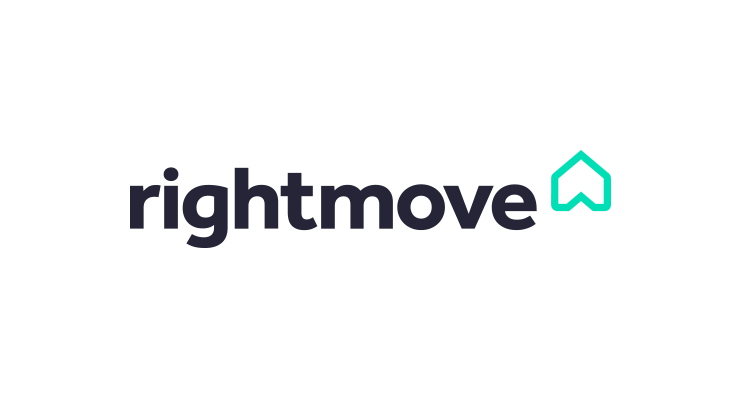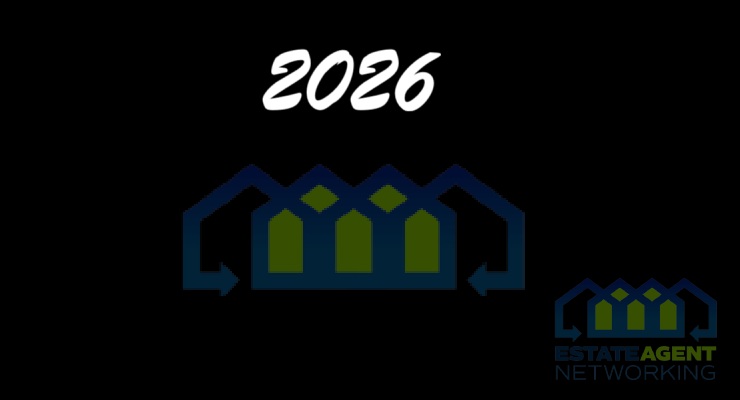North East house prices fall £7000 in one month
North East house prices fall £7000 in one month
- Regional house prices fall 4% in four weeks – more than wiping out March’s record rise.
- Prices fall 6.2% in Jarrow and 6.1% in Whitley Bay.
- Property values remain 1% higher than April 2015 and 3% above April 2014.
- Average rent rises £14 to £566pcm, with investors getting a 0.3% higher return on their investment.
- Rents up 1% over the past two years – but 17.5% up in Whitley Bay and 21% down in Jarrow.
KIS Housing NOW – Housing North of Watford – pulls together the most authoritative and up-to-the-minute data and the expert market analysis of the KIS Intelligence Service to give you an indispensible guide to the state of the North East property market.
North East house prices dropped by 4% in April, wiping £7000 from the value of the average home.
The record recorded fall wipes out the 3.1% rise recorded in March which had added £4811 to property prices and left house prices 3.6% down over the course of 2016.
The average house in the region is valued at £155,979 at the end of April 2016 – £7016 less than the end of March, but 1% higher than this time last year and 3% higher than April 2014.
Every single area saw property prices fall over the past four weeks, with Morpeth recording the smallest fall (-0.1%). Above average falls were recorded in Jarrow (-6.3%) Whitley Bay (-6.1%) and Blyth (6%).
Since KIS began compiling this data in April 2014, South Shields has seen the largest overall price increase, with a 6.7% rise in property prices.
Other strong performers in this period in include Newcastle (6.6%) and Gateshead and Morpeth (6.2%). Prices in Easington have, however, fallen by 2.3% in this period – with Washington (-1.2%) and Jarrow (-0.6%) also seeing a reduction in prices over the past 24 months.
Darlington’s April fall of 4.7% all-but returns property prices in the town to those seen in April 2014, with a price difference of just £486. This sees the town named this month’s “Best to Buy”.
The majority of Darlington homes (38%) are semi-detached, 1% below the regional average. A further 30% are terraced, identical to the regional average.
60% of homes are owner-occupied, compared to 61% regionally. 15% of properties are socially rented and a further 18% privately rented.
The average North East rent rose £14 per calendar month to £566pcm in April – a rise of 2.5%.
Regional rents are, however, almost identical to those recorded in April 2014, when the average per calendar month cost of renting a North East home was £560.
Blyth (£422) continues to be as the cheapest place to rent in the North East out of the areas surveyed, with Newcastle (£824) continuing to keep ahead of
Tynemouth (£818) as the most expensive. As KIS’ monthly Tyne Wear Metro Map research shows, however, there is significant variation in rents within Newcastle itself.
Peterlee has unexpectedly deposed Gateshead as the region’s Buy to Let capital, offering rental yields of 6.1% to investors. Other strong performers continue to be Gateshead and Sunderland (5.3%).
Falling property prices and rising rents see the average North East rental yield rising 0.3% to 4.4%, with Easington and Tynemouth both seeing 0.7% monthly rises in the returns on their investment investors can expect to make. Yields in Gateshead continue to decline markedly, falling 0.8% over the past 4 weeks to a percentage figure 1.9% below a recorded high of 7.2%.
Rents have risen sharpest in Whitley Bay over the past two years – rising from £578pcm in April 2014 to £679 today, a rise of 17.5%.
As a whole, rents in the regional have risen by 1% over the past two years, with rents falling dramatically in Jarrow (-21%) and Houghton-le-Spring (-11%).
Tynemouth’s yield rise of 0.7% and property price fall of 5.7% sees it named this month’s Best to Invest.
64% of homes are owner-occupied, 4% above the regional average. 15% of homes are socially rented, lower than the regional average of 22%. 17% of properties are privately rented, 3% above the regional average.
Property Expert Ajay Jagota is founder and Managing Director of North-East based sales and lettings firm KIS and Dlighted an insurance backed deposit-free renting solution helping tenants landlord and agents in the Private rented sector www.Dlighted.co.uk .
He said:
“House prices falling at a rate of 1% a week throughout April might sound surprising to some but the sad thing is these figures were entirely predictable.
“I’ve been forecasting for months that March would see prices boom as landlords raced to complete purchases ahead of tax changes which took place at the start of this month, before slumping back as many abandoned those investments altogether when they became less profitable. And so it proved.
“The irony is that investors are now benefiting from higher rental yields and lower purchase prices. It’s the renters that lose out, as rents will inevitably rise as a consequence of those tax changes. Fewer properties are now available, leading to higher prices. It’s simple supply and demand.
“Having collected this data now for two years we are starting to see some fascinating trends emerging. Although average rents are all-but unchanged since April 2014, on an area-by-area basis there are some huge differences – 17.5% higher in Whitley Bay, but 21% lower in Jarrow.
“The reasons for these variations could easily be something as mundane as only a few rental properties coming onto the market, or a disproportionate number of cheaper or more expensive properties skewing the figures but overall they show the real value of us collecting this data – being able to tell our clients with absolute certainly which areas of the North East are at that moment the most attractive to renters and buyers and where landlords can expect to get the best returns”.









